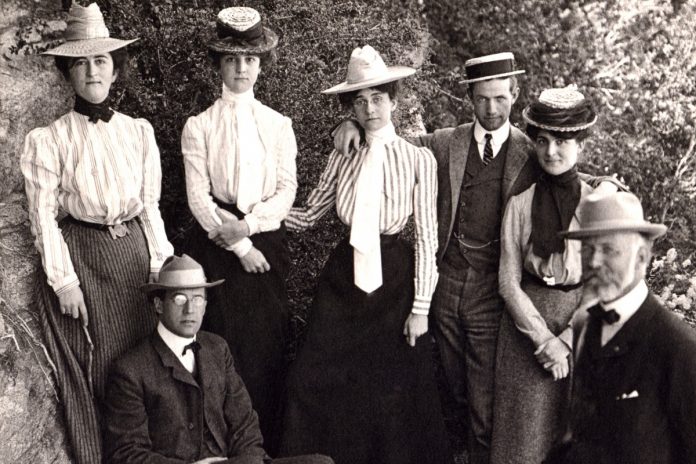
During the first half of the 20th century, the local mountains were alive with hikers, health and adventure seekers – much like today. The contemporary writer and local historian, John W. Robinson refers to this time as the Great Hiking Era in his book The San Gabriels.
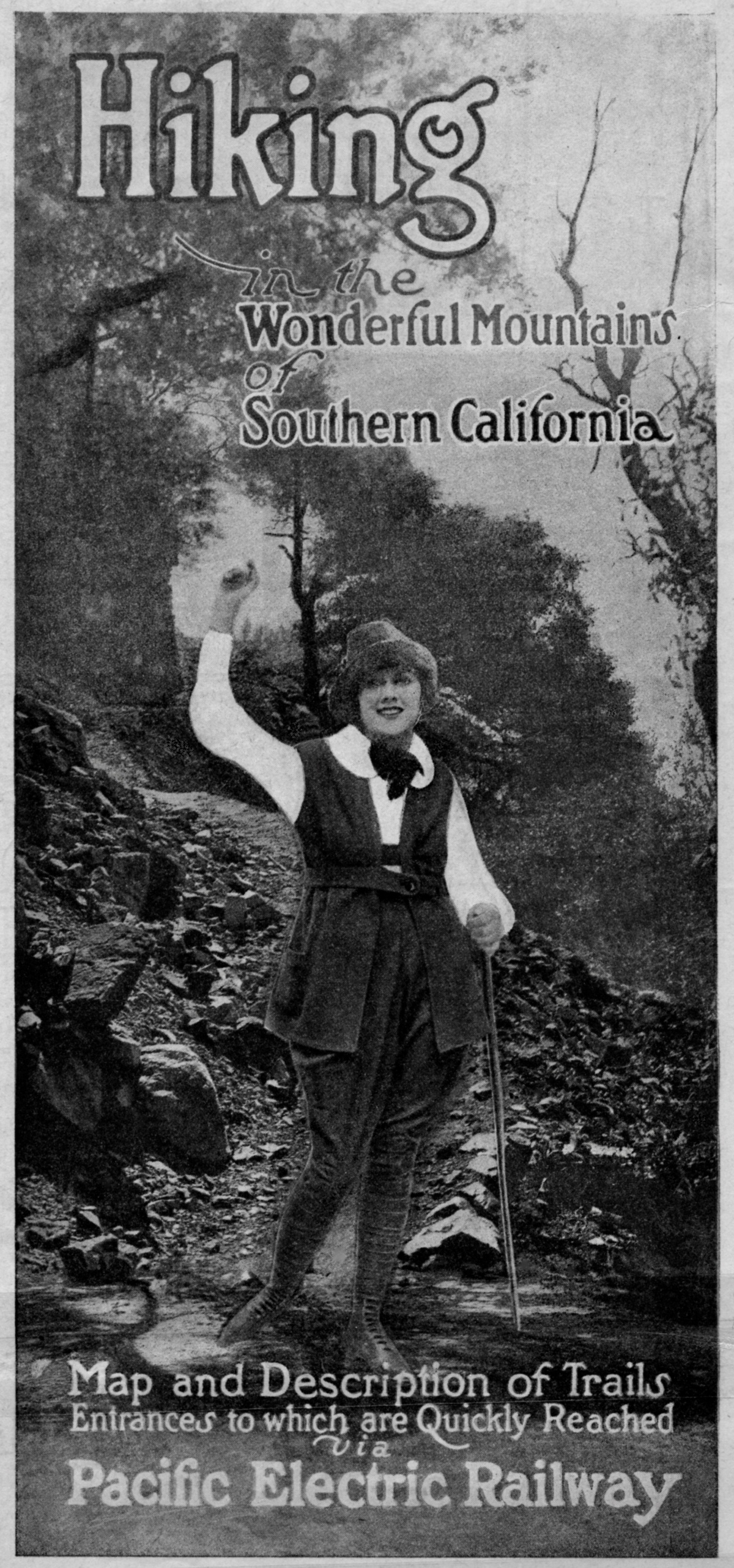
Beginning in the late 1880s, hiking was wildly popular in our local Sierra Madre Mountains (today known as San Gabriel Mountains, or simply, San Gabriels). The health benefits coupled with year-round sunny days, offered adventure seekers a deep canyon trail or rambling tree-covered stream to explore. Soon camps strung up along the trails and canyon waterfalls offering refreshments and overnight accommodations.
The mountain camps provided adventure seekers a launch point in which to ride horseback gaining access to more remote areas of the mountains.
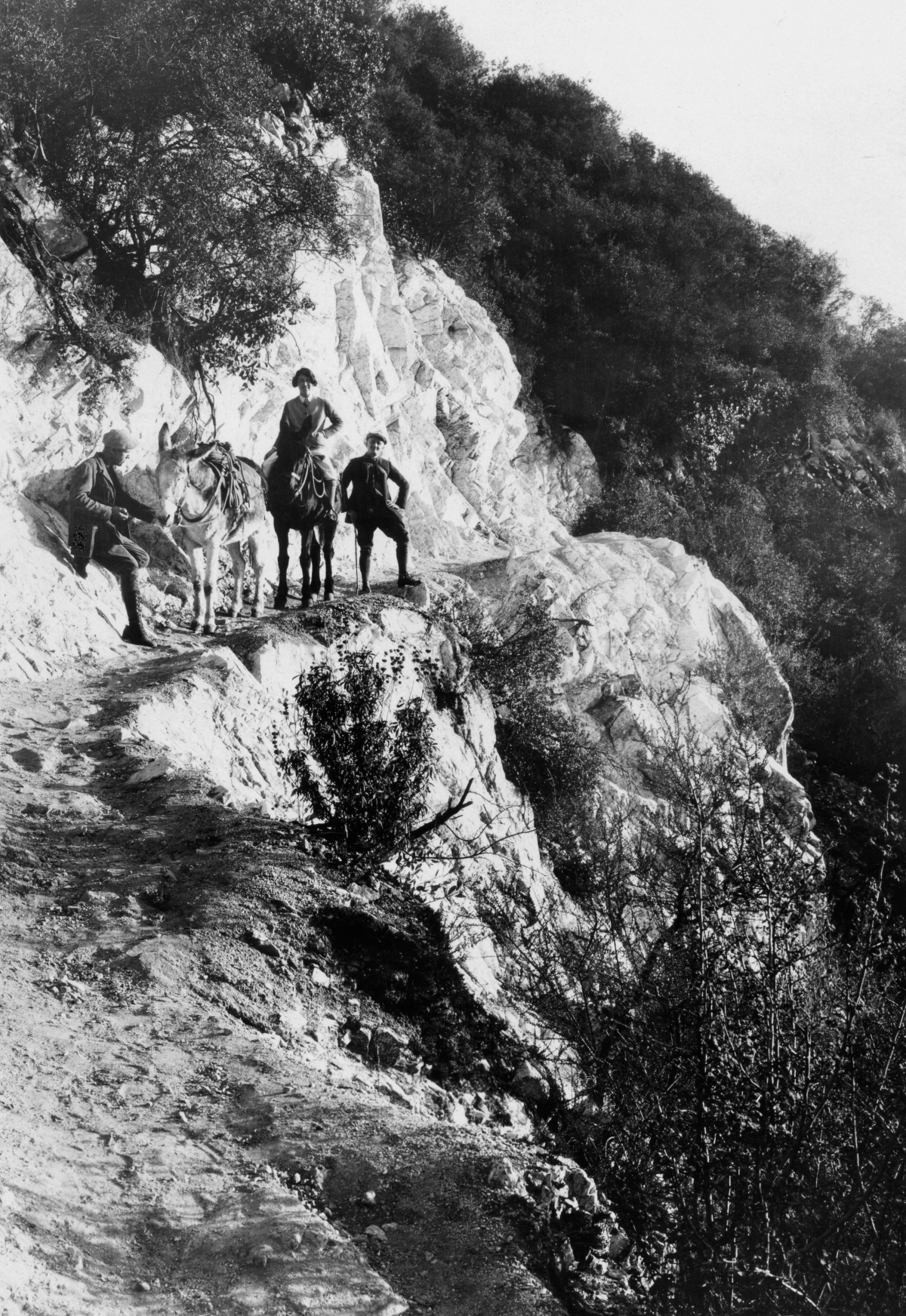
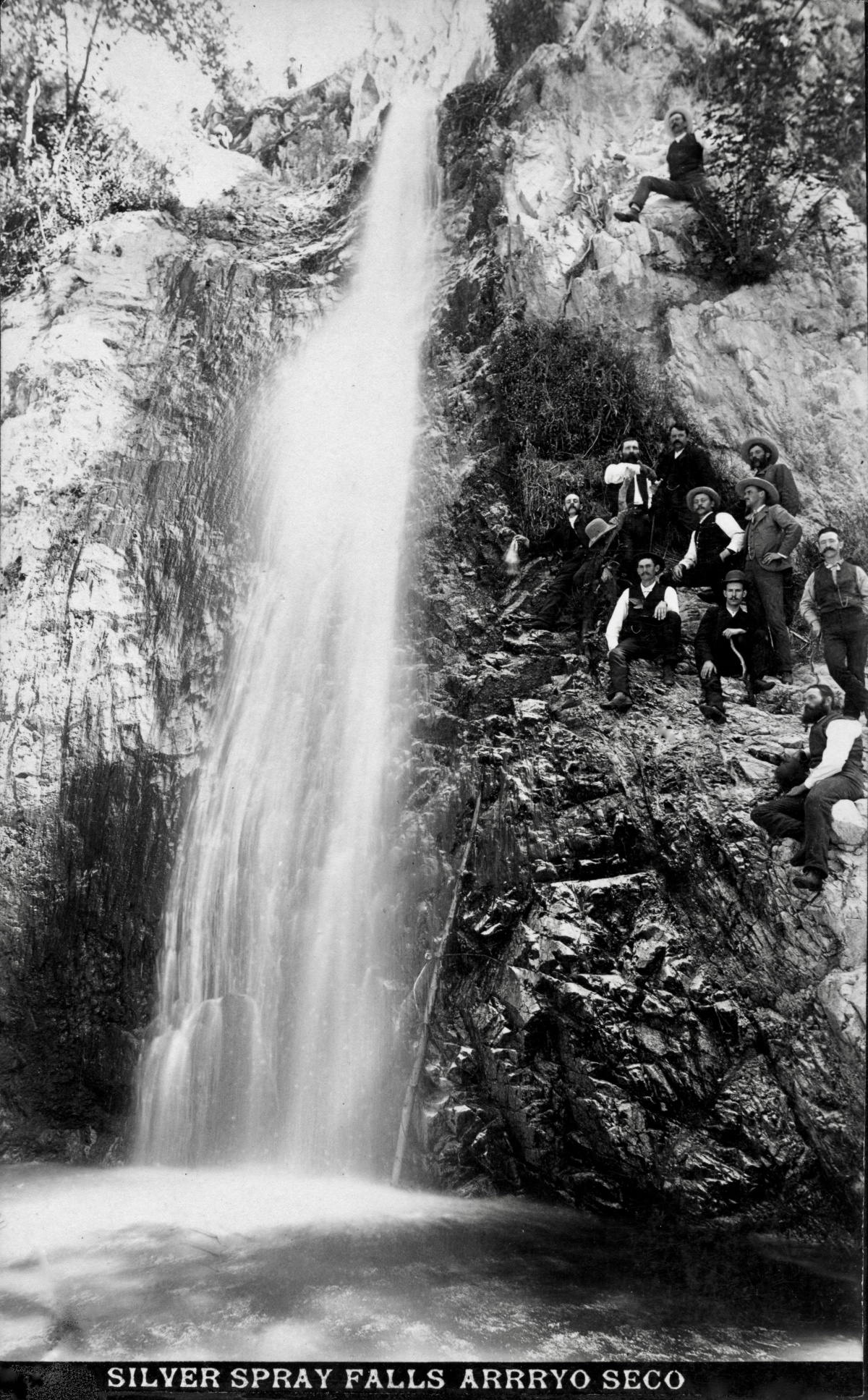
Commodore Perry Switzer built the first resort camp in the San Gabriels. Switzer’s first camp in 1884 was modest: a couple of canvas tents, a log cabin, some kitchen equipment, and a few guests riding mules and toting rifles. Room and board were $1.50 a day.
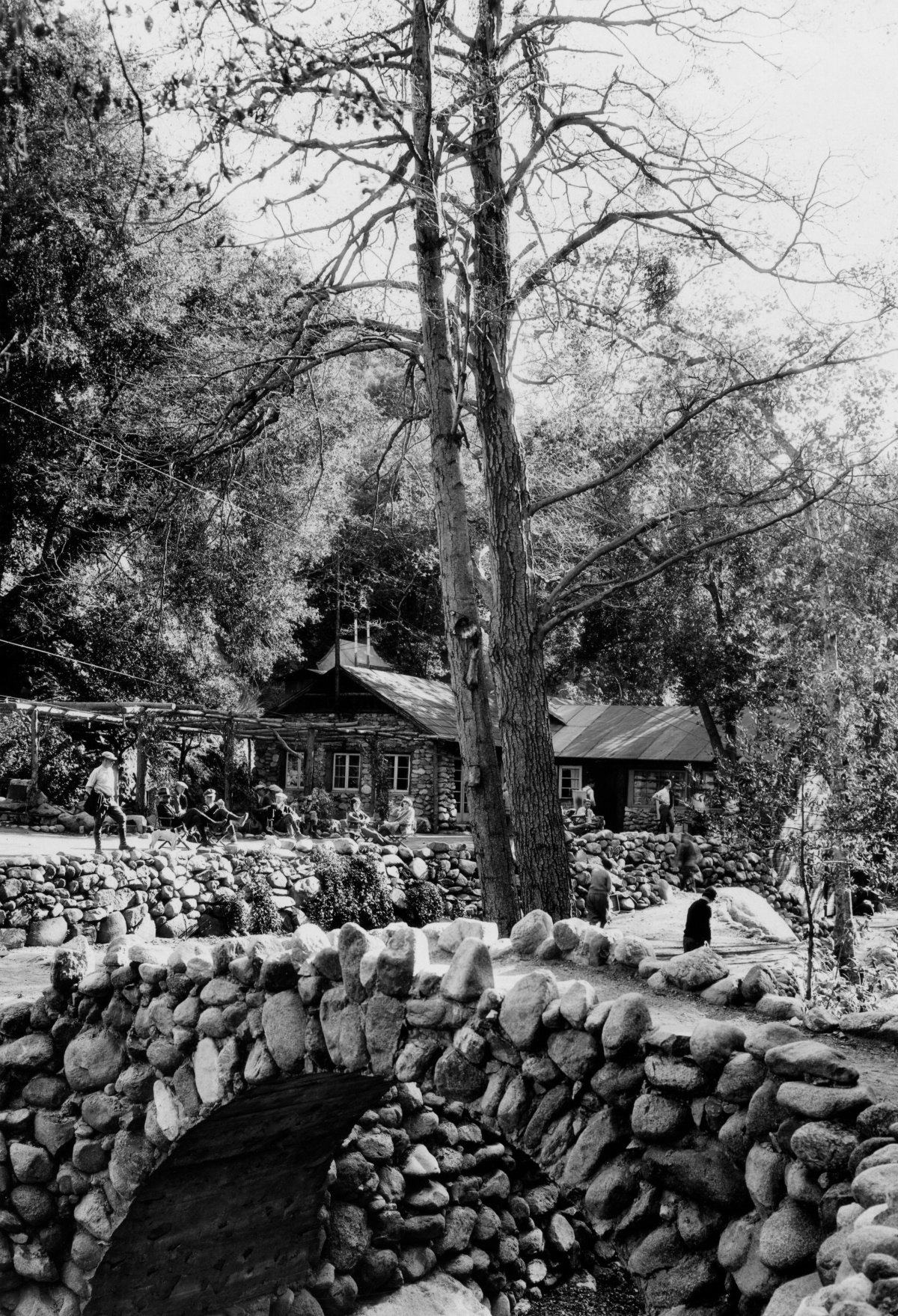
Pictured above are the Rock Room in the background and a charming stone bridge. The new owners, Lloyd and Bertha Austin, changed the camp name to Switzer-land and installed new buildings made of arroyo stone and upgraded amenities. Switzer-land was successful for nearly 20 years attracting celebrities such as Clark Gable, Shirley Temple, and Henry Ford – until a massive flood swept through the canyon.
Note: Switzer-land was accessible by automobile – the road and bridges crisscrossing the Arroyo Seco riverbed – before the Angeles Crest Highway was completed in 1935.
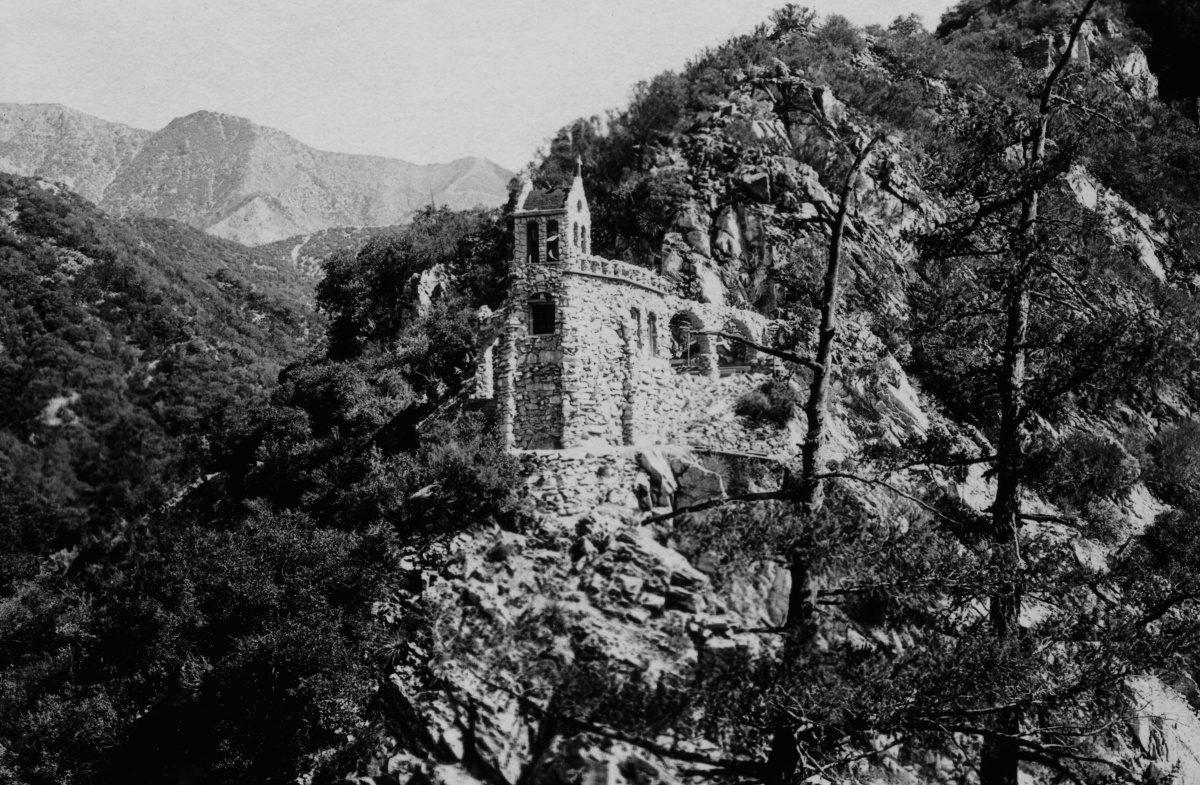
Lloyd Austin was a profoundly religious man and built Christ Chapel made of arroyo stone as his crowning glory to God. An organ was hand-carried by two men to the chapel over a narrow trail in 1924.
Note: After Austin’s lost control of the resort shortly after the 1938 flood, the U.S. Forest Service demolished Switzer-land, including the church.
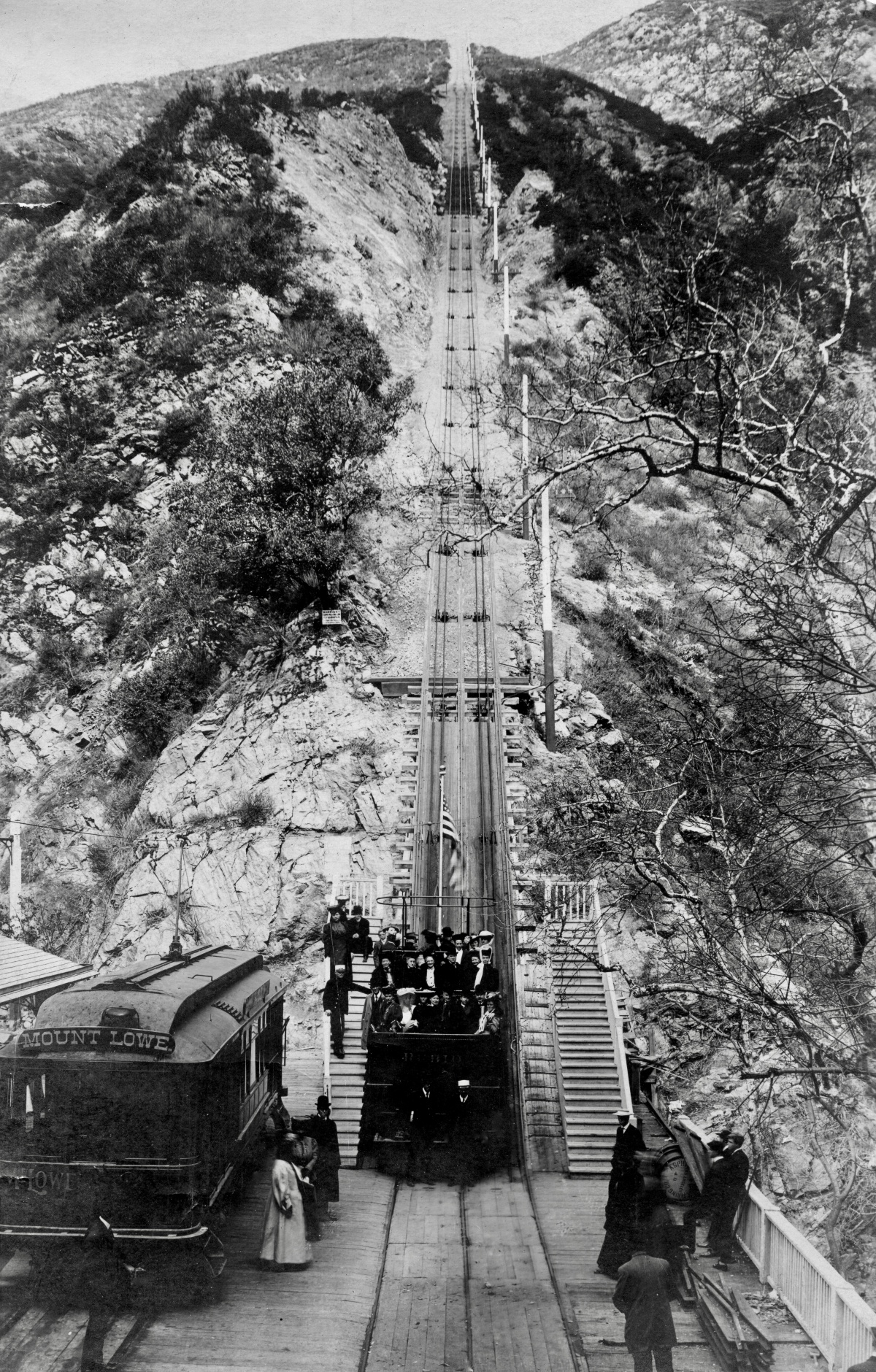
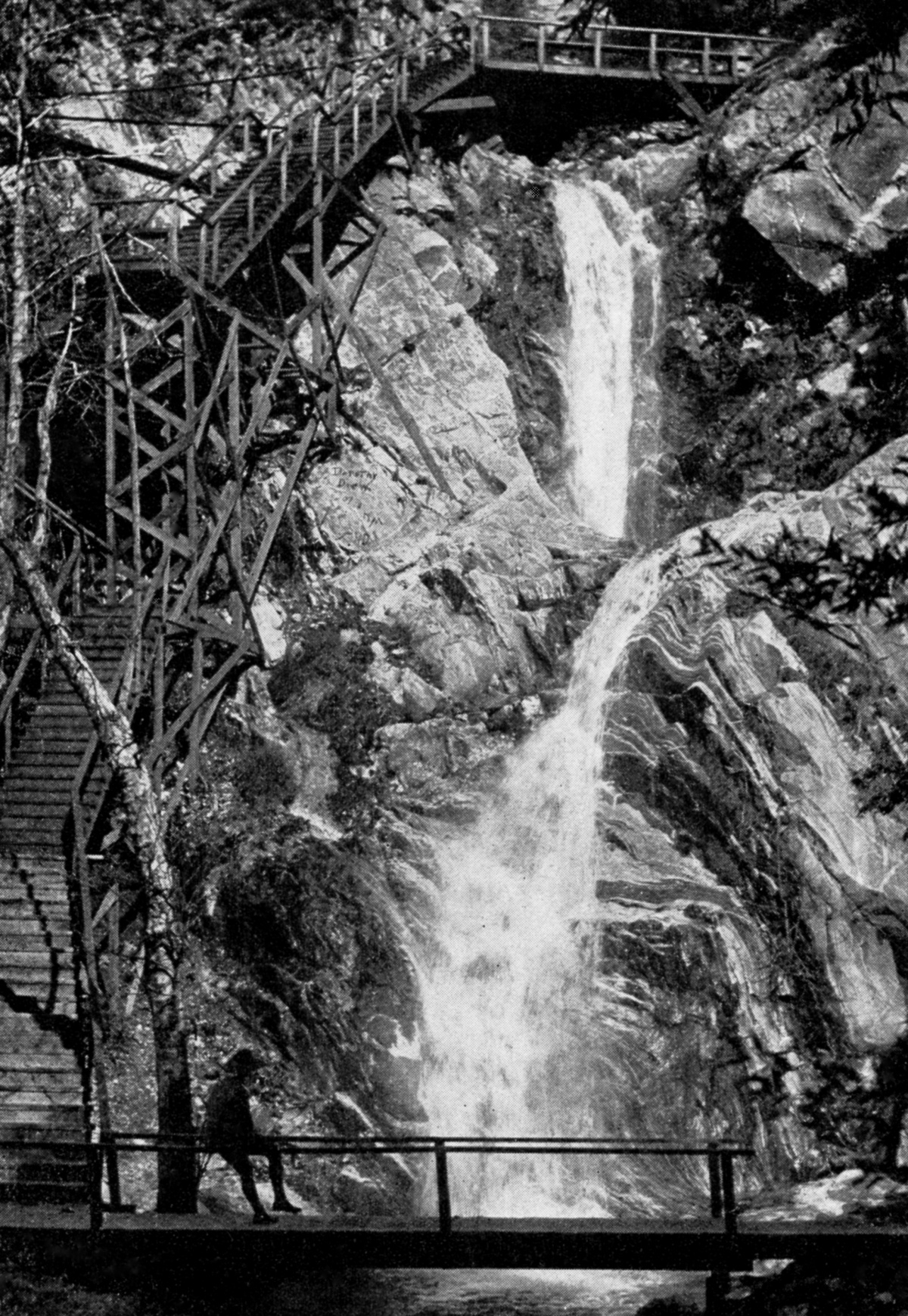
The canyons of the San Gabriels all seemed to have at least one major waterfall. Thaddeus Lowe boasted that his Rubio Canyon had the most waterfalls of any canyon in the mountain range, building elaborate staircases and wooden platforms for guests to get up close and personal with each one of them.
Throwback Thursday is written and produced by Rick Thomas















.png)






